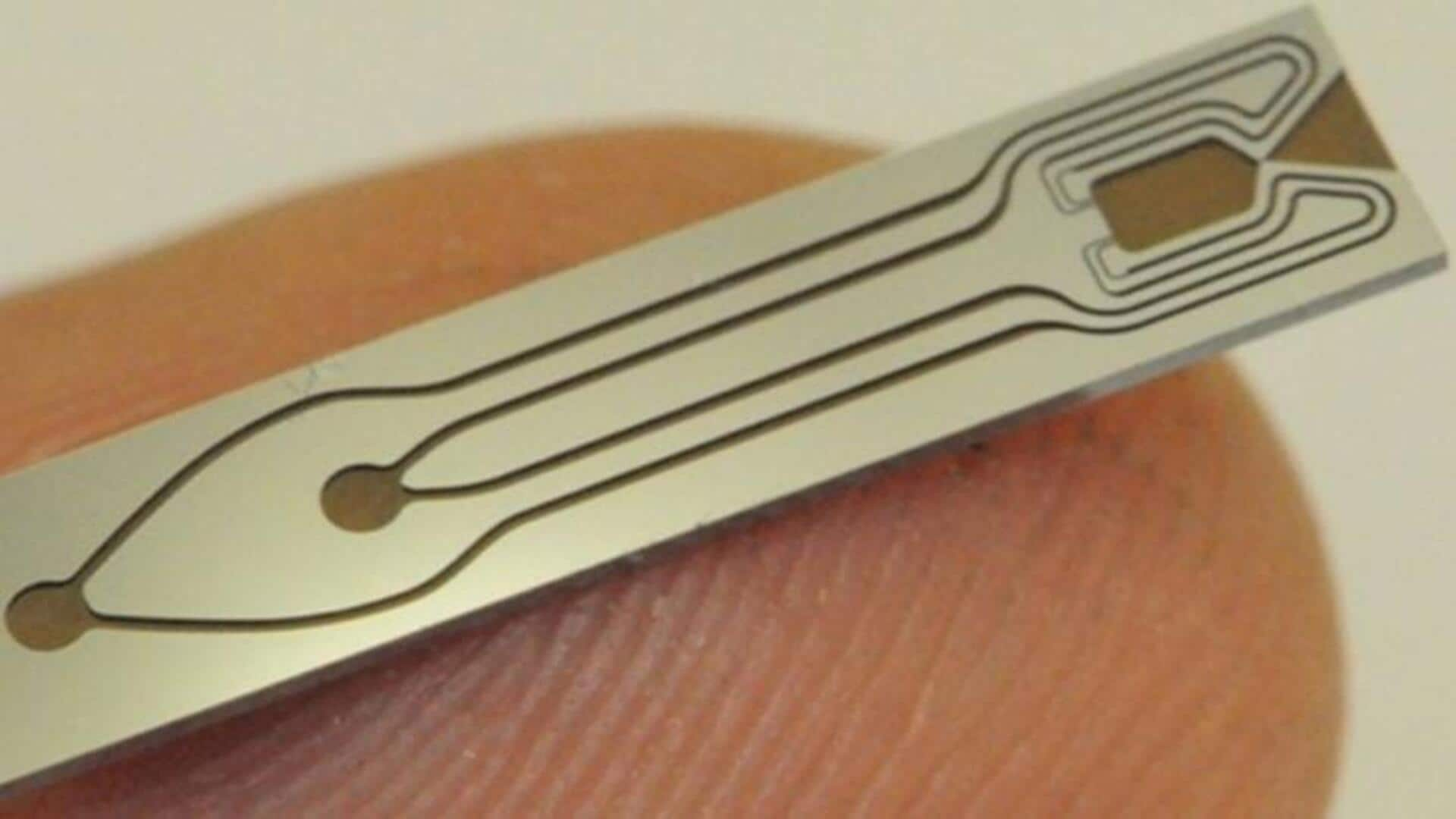
Scientists develop water-powered thruster for small satellites: How it works
What's the story
A team of engineers working with the European Space Agency (ESA) has created a new water-powered thruster, without using toxic chemicals. Called Iridium Catalysed Electrolysis CubeSat Thruster (ICE-Cube Thruster), it measures smaller than a fingertip. ICE-Cube Thruster recorded 1.25 millinewtons of thrust in tests, making it suitable for small CubeSats that usually launch as secondary payloads on space missions. This small thruster was built at Imperial College in the UK.
Details
The thruster uses an electrolyzer to split water
The design of the ICE-Cube Thruster is fairly simple. A 20W current passes through water in an electrolyzer, which produces hydrogen and oxygen to propel the thruster. The combustion chamber and nozzle measure under 1mm in length. Given its small size, these components require construction methods similar to those used for microchips. Furthermore, since no regular fuel is used, no pressurization is needed for storage. This allows for simpler, more efficient, and smaller storage and handling systems.
Potential
The thruster has only been tested in laboratory settings
"The reason for such a small-scale thruster is to meet the needs of the rapidly growing small satellite market," said Charlie Muir, postgraduate researcher from Imperial College. The CubeSat's solar arrays can utilize energy from the Sun to provide the required electric power for operating the system. This eliminates the need for bulky gas propellant storage, making the ICE-Cube Thruster an efficient and environmentally friendly option for CubeSat propulsion. Thus far, the thruster has been tested only under laboratory conditions.
Insights
ICE-Cube Thruster is more compact than NASA's
NASA has also been analyzing the use of water-based fuels for CubeSats. However, their thruster is not as small as the ICE-Cube Thruster. The European Space Agency's innovative design offers a more compact and efficient solution for CubeSat propulsion, which could potentially revolutionize the small satellite market. As the demand for small satellites continues to grow, the ICE-Cube Thruster could become a key component in future space missions.